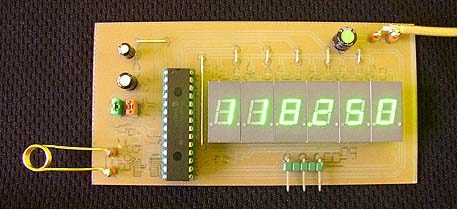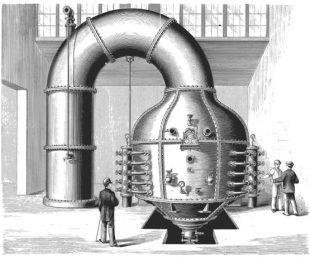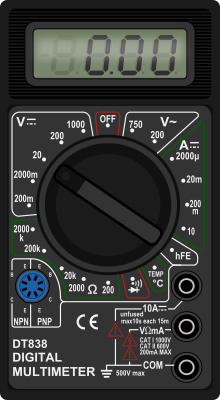2.5 GHz Frequency counter

“Imagine you have a radio receiver and you wish to display the receiving frequency. As you know the oscillator in a radio receiver works 455 kHz or 10.7 MHz above the receiving frequency. The 455 kHz and 10.7 MHz difference is called IF (Intermediate Frequency).”
A talk around 2006 with another electronic enthusiast
davidhvm (3:36:51 PM): Hello, i assembled de prototype and work fine
davidhvm (3:37:24 PM): anyway i add a push button to Set/Reset to 00 the counter
davidhvm (3:37:39 PM): thanks a lot again
davidhvm (3:38:13 PM): check this 2.5 GHz Frequency counter
davidhvm (3:39:07 PM): i’m looking for some apps for counters and i
found a lot o pages with very usefull
davidhvm (3:39:44 PM): circuits of course with PICs (Microchip or Atmel)
davidhvm (3:39:47 PM): Bye
delabs (3:44:58 PM): hello david
davidhvm (3:45:37 PM): hi all work fine
delabs (3:45:48 PM): great
davidhvm (3:46:40 PM): are amazing these projects
davidhvm (3:47:15 PM): ok thanks may be for long time
delabs (3:47:30 PM): fine
davidhvm (3:47:41 PM): i’m at middle of my carrer
“This project describes a very powerful frequency counter. Very simple construction which everyone can build. 6 LED display will present the frequency with 1kHz resolution and RS232 communication to computer is available as option. The software has also been implemented with some smart functions,”
Here is a active page of the counter 2.5 GHz Frequency counter
“You have a radio and you want to listen at 100.0 MHz (the IF is 10.7 MHz) The oscillator will be oscillating 10.7 MHz above the 100 MHz, so the oscillator is at 110.7 MHz. If you would measure the frequency with an ordinary counter you would get 110.7 MHz on the LED display but, by activating the offsetting function this counter will subtract and display 100.0 MHz.

The offset calculation is easy activated with 2 switches, one for 455 kHz and one for 10.7 MHz.
Boy, I wish I had this counter when I was building my first receiver for aircraft-band, which was manually tuned and not very stable.”













